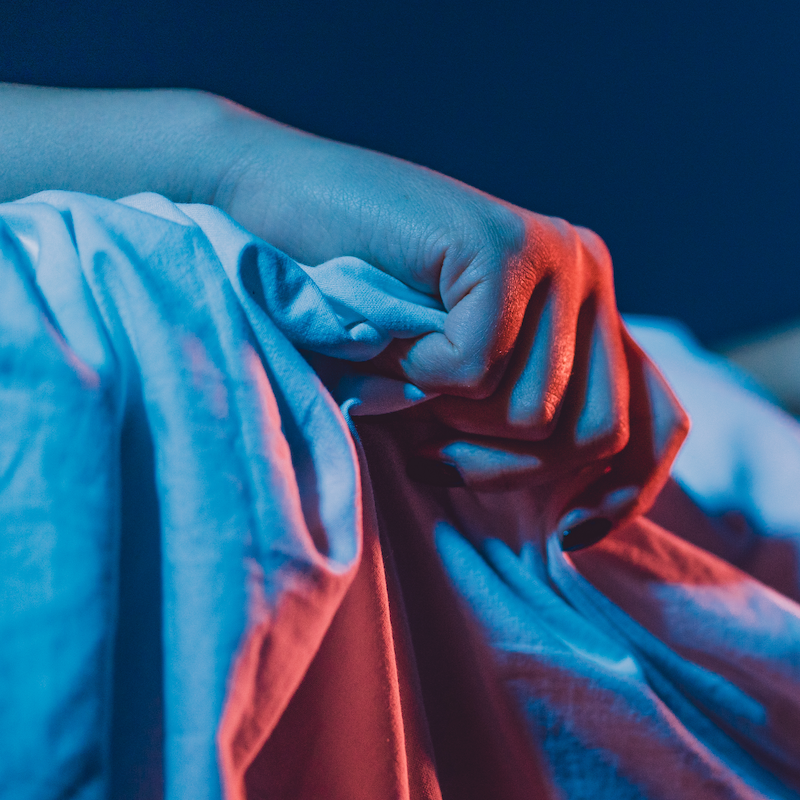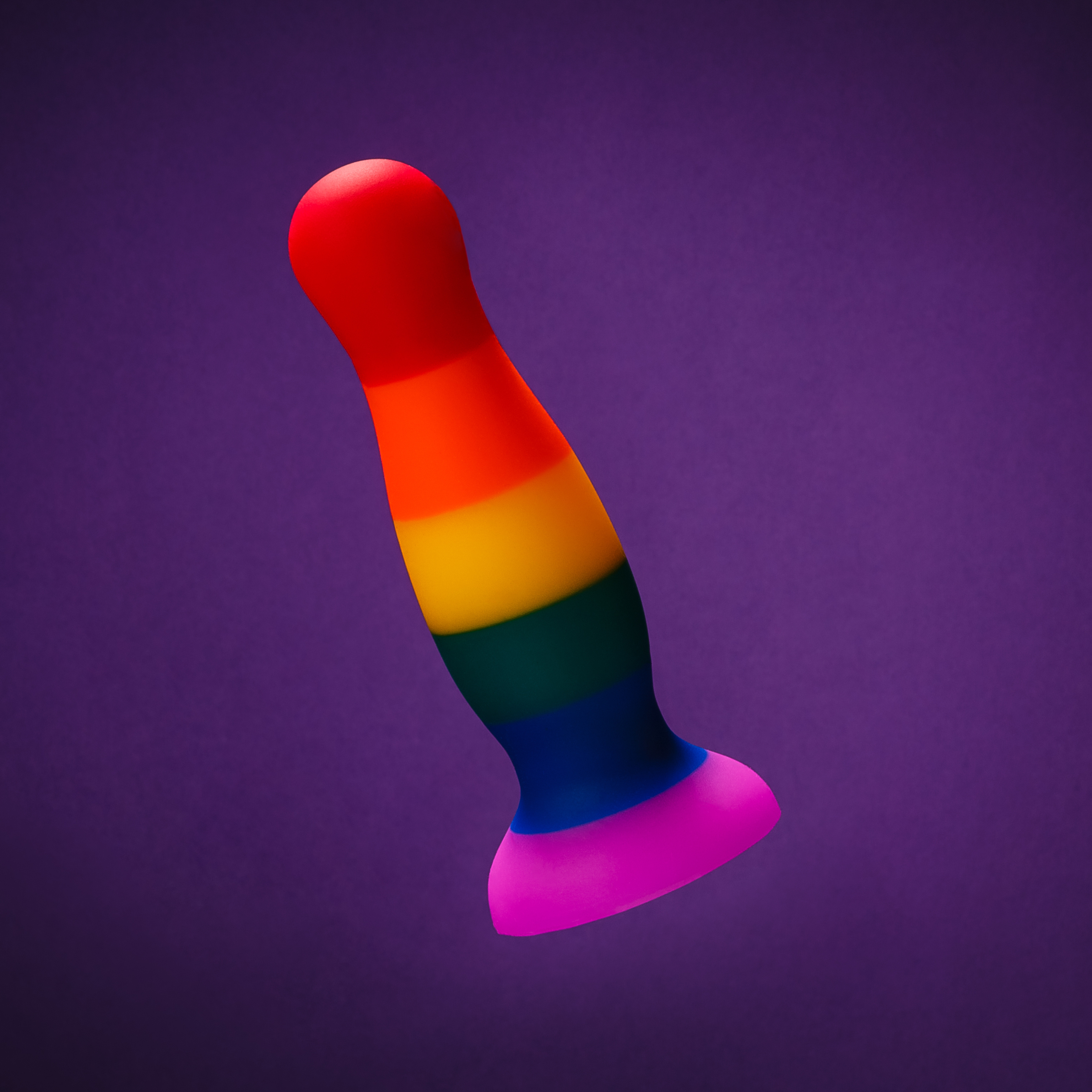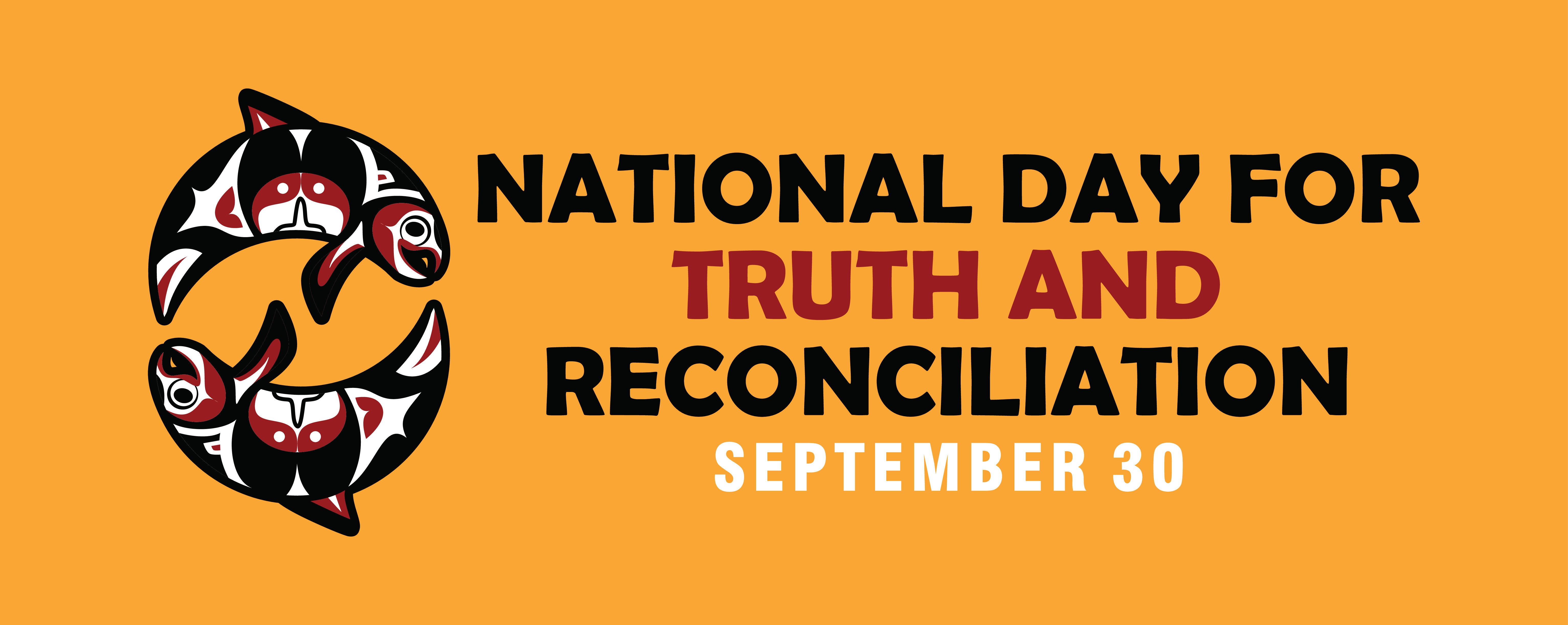Everything you need to know about G-spots

What is the G-spot?
The G-spot is an area of the internal part of the clitoris that can be accessed through the anterior (front) wall of the vagina. It was first brought into scientific literature by gynaecologist Ernst Grafenberg who was studying the role of the urethra and urethral sponge in orgasm. It has typically been described as a ‘spot’ or a ‘button’, but it’s actually more of an area that is accessible when the clit is erect. During arousal, the clitoris swells with blood flow to its erectile tissue. The G-spot becomes more prominent through the wall of the vagina and stimulating this area can produce intense sensations.
The G-spot has become infamous for its relationship to orgasm and squirting, but there are lots of pleasure rewards that can come from G-spot stimulation. Some people find G-spot stimulation orgasmic, others find it pleasurable, relaxing, intimate, exciting, or even uncomfortable.
What does a G-spot orgasm feel like?
G-spot orgasms are sometimes described as feeling like a deeper sensation of pleasure that can resonate throughout the body. In contrast to clitoral orgasms (which mainly occur from stimulating the external part of the clitoris), G-spot orgasms are less like ‘bursts’ of upward energy and waves of sensation felt deeper.
With G-spot stimulation, some people experience a feeling similar to needing to pee. This is because of the location of the G-spot, the proximity to the urethra and the deep nerve endings of the bladder. This sensation might bring up feelings of embarrassment or worry that you’ll pee the bed, because it’s so similar to the feeling of urgency to pee. Any worry or stress or distraction can make it difficult for the body to sink into pleasurable sensations — so ease your worries and put down a blanket in case there’s a mess.
What techniques work for G-spot pleasure?
Many G-spots like firm and continuous stimulation that builds pleasure steadily. All G-spots are different and things like stress, menstrual cycle, medications, and distractions can mean that pleasure needs may vary from one time to the next. Here are the top techniques for G-spot pleasure:
Fingering
- Grab lube, and file or cut your nails or wear gloves
- Insert one or two fingers with the pads of fingers massaging 1-2 inches into the vagina towards the front of the body. Notice where sensation increases and experiment with pressure and direction.
- Without thrusting your fingers, try making circles, come hither motions, and tapping. Give each change in pressure, speed, or direction a few rounds to see what it feels like if the pressure builds.
- Squeeze the vagina around the fingers and release to let go of any tension. Remember to breathe and notice if you’re holding tension in other parts of the body.
Oral + Fingering combo
- Grab a water-based or silicone lube.
- Kiss, suck, and lick the external part of the clitoris, focusing on the area from the clitoral hood to the urethral opening (the pee hole).
- Insert well-lubed fingers when ready and use good fingering technique and continuous oral to stimulate the internal and external parts of the clitoris simultaneously.
- You can alternate between oral and fingering and the combo.
G-spot sex toys
G-spot sex toys are shaped with a curve to make it easier to find and pleasure the G-spot.
- G-spot silicone dildos
- G-spot vibrators
- Dual-action vibrators (internal and external stimulation)
- Stainless steel and glass dildos
If you’re using a strap-on or having sex with a penis: try getting on top to best angle the pressure from thrusting against your G-spot.
What is squirting?
Many people with G-spots can expel fluid (squirt) during G-spot stimulation and orgasm. Squirting and orgasm are two separate events. They may happen simultaneously, or G-spot orgasms and squirting can happen on their own.
The Skene’s glands, sometimes called the female prostate, are located around the lower end of the urethra and play a role in ejaculation. The urethral sponge is spongy tissue that surrounds the urethra and swells during arousal (make it harder to pee when turned on!).
Female ejaculation and squirting are believed to be different fluids - ejaculation being milkier and coming from the Skene’s glands and squirting being more transparent, watery and in a bigger quantity. Squirting feels like a burst of fluid, whereas female ejaculation is a leaking style of lubrication. Both may or may not happen with orgasm, but can be a reward of G-spot stimulation.
How do you get started with G-spot pleasure?
- Prep your space with lube, towels, toys
- Explore solo — masturbate and mix it up!
- Get aroused — read erotica, watch porn, use your erotic imagination and touch other parts of your body
- Get curious — explore without expectation, notice if things feel different at different stages of being turned on
- Use a G-spot sex toy
- Communicate with your partner — give and invite feedback
- Keep learning! Take a class, pick up a book like Sex Yourself, and try different techniques.
The best conditions for G-spot pleasure is a relaxed and aroused body. Keep communication open if you are exploring G-spots with a partner, ask about what kind of stimulation feels pleasurable. There isn’t a hierarchy of orgasms. G-spot orgasms are not elite or better than other types of orgasms. Some people have them easily, other people need lots of build up, and other people can have them only under certain conditions. Discover what feels good for your body or your partner’s body through exploration.



